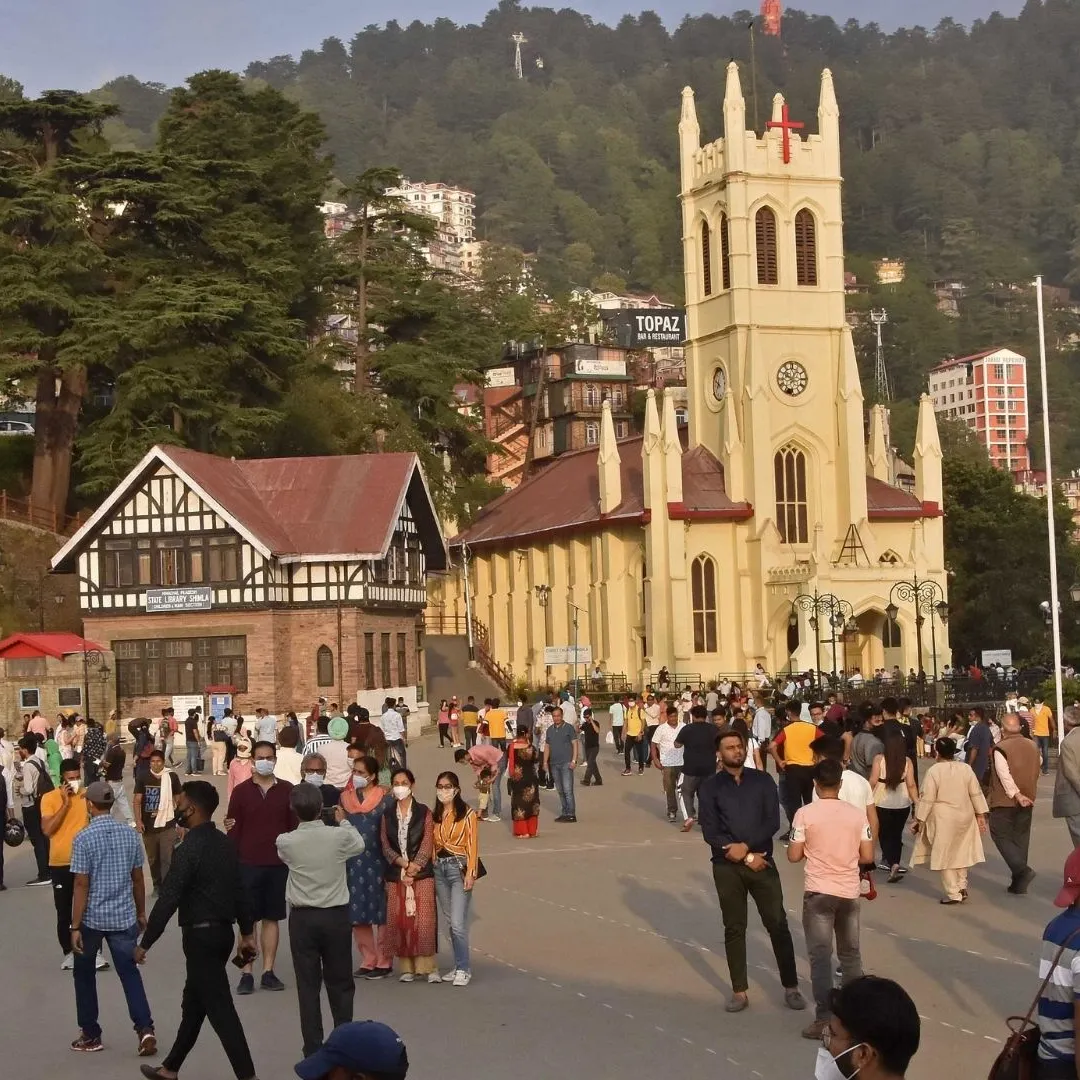Shimla is a city located in the northern Indian state of Himachal Pradesh. It is the capital of the state and a popular tourist destination. The history of Shimla can be traced back to the early 19th century when it was a small village known as Shyamala.
During the British rule in India, Shimla gained prominence as it was chosen as the summer capital of the British Raj. The British officials would escape the heat and humidity of the plains and retreat to Shimla, which had a pleasant climate and scenic surroundings.
In 1864, the British government declared Shimla as the summer capital of India, and it remained so until Indian independence in 1947. The British built several grand buildings and landmarks in Shimla, such as the Viceregal Lodge, the Christ Church, and the Gaiety Theatre. They also developed the infrastructure, including roads, railway lines, and water supply systems, which further helped in the development of the town.
Shimla played a significant role in India’s struggle for independence. In 1906, the Indian National Congress held its annual session in Shimla, which was presided over by Dadabhai Naoroji. Later, in 1945, the Simla Conference was held in Shimla, where the British government discussed the transfer of power to India with Indian leaders.
After independence, Shimla continued to develop as the capital of Himachal Pradesh. The city has undergone significant changes over the years, with the construction of new buildings, hotels, and infrastructure to cater to the growing number of tourists.
Today, Shimla is a popular tourist destination and a vibrant city with a rich history and culture. It is known for its colonial-era architecture, scenic beauty, and pleasant weather.
